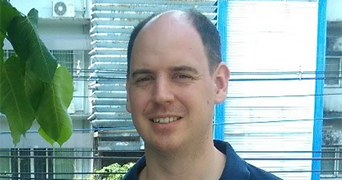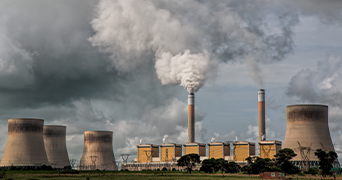All the resources you need are freely downloadable below.
Before starting your research
We suggest that you read the Background Information on Atmospheric Pollutants and Air Quality. For more details on air pollutants and climate change, further information is provided under Supplementary Resources.
Using Pre-prepared data sets
We have prepared data sets (Excel spreadsheets) for the four capital cities of the home nations (Belfast, Cardiff, Edinburgh and London) and from a clean air (countryside) site (Auchencorth Moss, Scotland) for the years 2010, 2012, 2014, 2016, 2018 and 2020. The data was extracted from the Air Quality Archive (2010-2018 obtained 30-31 March 2020, 2020 obtained March 2021). Only data on the main atmospheric pollutants have been extracted. You can access the data from each site individually (see the zipped files below).
You will find the data sheet for London (Marylebone) 2012 as a worked example showing a few of the many possible ways of looking at the information.
An explanation of the symbols and units of measurement used in the data sets is given below, see Extracted Data Sets: explanatory notes.
Students may be interested to investigate the levels of air pollutants during the Covid-19 lockdowns 1, 2 or 3. We have provided an additional spreadsheet containing air quality data extracted from January to June 2020 for the 4 capital cities and the same clean air site mentioned above.
Distance Teaching Project Plan
We have provided an 8-week Distance Learning Project Plan aimed at post-16 students.
It is assumed that students will know how to use the web, Power Point (or similar), manipulate spreadsheets and can organise web conferencing. We suggest a 1-hour weekly teacher contact session (by web link) to guide the students through the resource and tasks to be set, and 2-4 hours per week independent learning or group learning with students working in small groups to discuss their findings.
Carrying out your own research
After using some of the pre-prepared data sets, you may want to investigate the levels of atmospheric pollutants nearer to where you live. You can access data from the UK Air Data Archive. Step-by-step guidance on how to do this is provided in Using the UK Air Data Archive (both Word and Power Point versions are available). You will be able to download graphical data or tabulated data from sites around the U.K.
These are some of the questions that you might like to investigate:
- What is the most polluted day and cleanest day of the year? – select data from the previous full year (January to December).
- How does the mean (average) value of a specific pollutant vary on different days of the week? Is there a pattern? Why? – select data from one week.
- How do levels vary from month to month? – select data from one year.
- How do levels vary from year to year? – select data from a ten-year or twenty-year period.




















